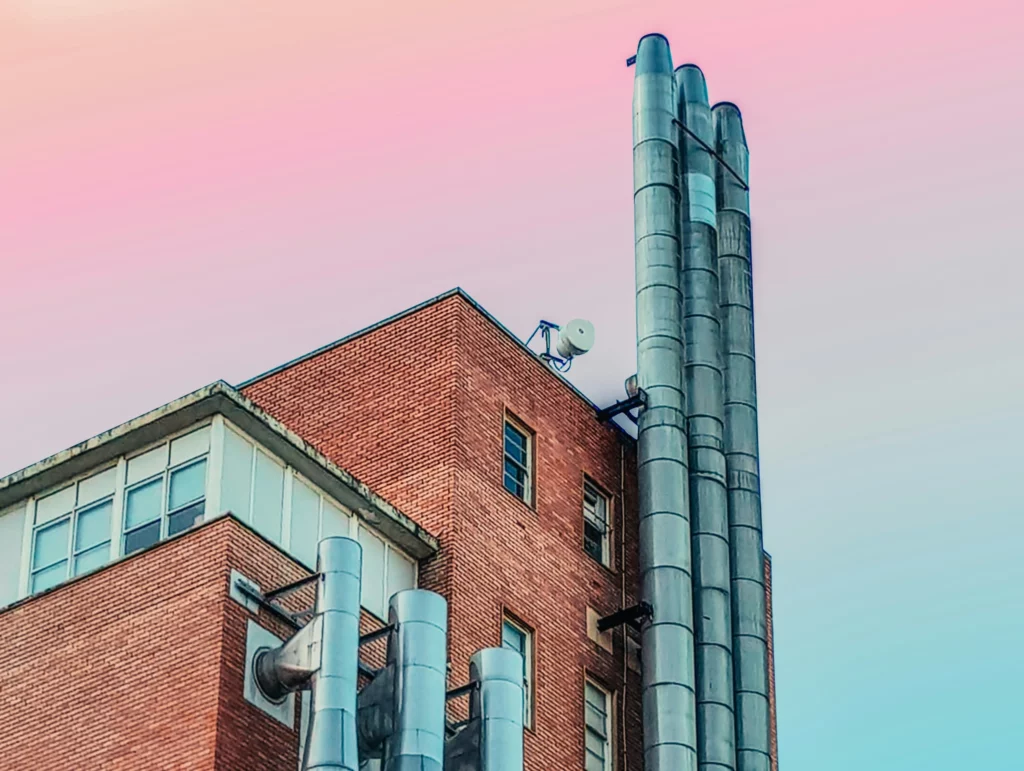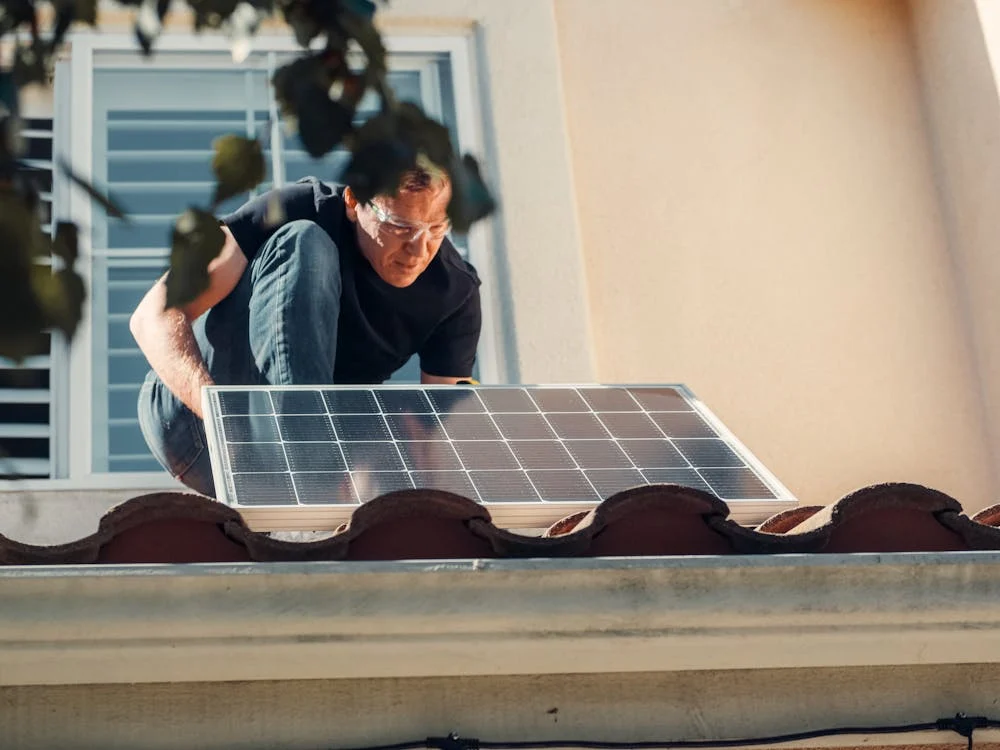Asbestos-containing materials (ACMs) were extensively utilised in Australian roofing construction throughout much of the 20th century, owing to their durability, fire resistance, and cost-effectiveness. Understanding which roofing components potentially contain asbestos is crucial for property owners, builders, and maintenance professionals.
Asbestos Containing Corrugated Roofing and Components
The most prevalent ACM in Australian roofing systems is corrugated asbestos cement sheeting, which was widely installed as the primary roofing material. These sheets were complemented by various asbestos cement components, including ridge capping, gable ends, and mouldings, which served to weatherproof and finish roof edges and joints.
Asbestos Containing Drainage and Ventilation Systems

Roofing drainage systems frequently incorporated asbestos-containing elements, particularly in the form of asbestos cement guttering. Ventilation components, such as exhaust ventilators and their bases, were similarly manufactured using asbestos-cement composites. These systems often included asbestos-containing specialised ventilating ridges and associated components designed to promote proper airflow within roof spaces.
Asbestos Containing Architectural and Aesthetic Elements
Numerous decorative and functional roofing elements were produced using ACMs, including gable panelling and various asbestos cement slates and shingles styles. These asbestos-containing materials were often selected for their aesthetic appeal and weather resistance. Skylights and manhole frames manufactured from asbestos cement provided access points and natural lighting solutions while maintaining structural integrity.
Asbestos Containing Waterproofing and Insulation Materials
Beyond visible roofing components, ACMs were commonly used in underlying waterproofing systems. Bituminous membrane sarking, often referred to as asbestos roofing felt, provided an additional water-resistant barrier. Bituminous-coated imitation roof tiles offered an alternative to traditional roofing materials while incorporating asbestos for enhanced durability.
The Importance of Professional Asbestos Assessment and Testing
Given the extensive use of ACMs in Australian roofing systems, a professional evaluation is essential before any renovation, repair, or demolition work. Global Asbestos Audits specialises in comprehensive asbestos assessments, providing expert identification and management strategies for ACMs in roofing systems.
Our accredited assessors employ sophisticated sampling and testing methodologies to identify asbestos-containing materials accurately. This scientific approach ensures precise material classification and appropriate risk assessment, enabling property owners and property managers to make informed decisions about maintenance and renovation activities.
Risk Management of ACMs and Compliance

The presence of ACMs in roofing systems presents significant health and safety considerations. Professional assessment through Global Asbestos Audits ensures compliance with Australian regulations while protecting occupant health. Our experienced consultants can develop detailed management plans for properties containing asbestos roofing materials or other ACMs, incorporating regular monitoring and maintenance protocols.
Engage Professional Asbestos Services
For definitive identification of ACMs in roofing materials, property owners should contact Global Asbestos Audits. Our accredited assessors provide thorough evaluations, professional sampling, and laboratory testing services. This comprehensive approach delivers reliable results and expert guidance for managing asbestos-containing roofing materials safely and effectively.

Understanding the potential presence of ACMs in roofing systems is crucial for responsible property management. Through professional assessment and testing by Global Asbestos Audits, property owners and managers can ensure their roofing materials are correctly identified and managed following current safety standards and regulations.

